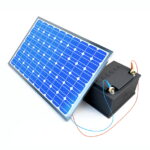It’s safe to say that you don’t want the water to damage your laminate flooring.
The results of these two mixings would be catastrophic. Unlike laminate, certain flooring types such as ceramic and vinyl are almost impossible to damage with water. But since this isn’t the case with laminate, we have to find ways to prevent and repair potential damage.
In this article, we are going to discuss how to prevent and repair water damage to laminate flooring. Since a lot of US households use this type of flooring, it makes it that more important for us to talk about it.
Without wasting too much time, let’s begin.
1. Mopping Up
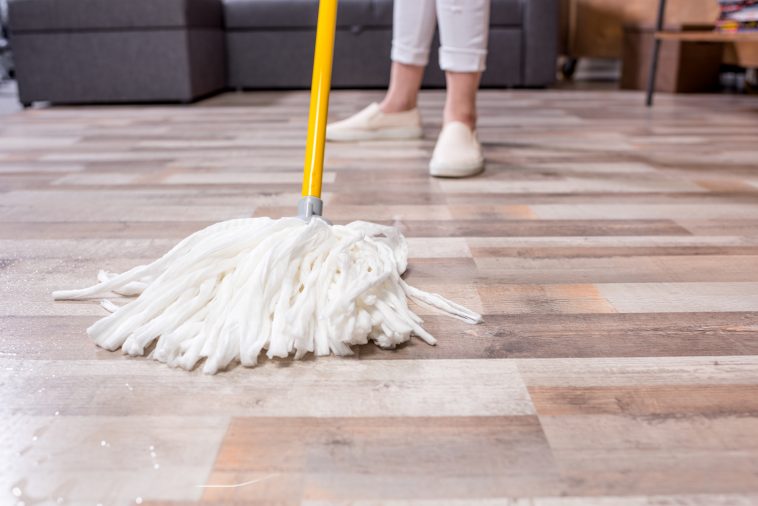
The material has come a long way from its first introduction to households. Ever since there have been made industrial improvements on how to essentially “buy” you time before the damage could really kick in.
Nowadays, quality laminate flooring takes up to two hours of exposure to water before it could really be damaged. That means that you have two hours to remove the water before its effects kick in.
Mopping up seems to be the best practice in dealing with water. You do it quickly using a mop and you do it before the water could migrate.
The real problem in all of this is when the water comes into contact with the edges of the material. The edges aren’t durable the same way as the surface of the material.
If this is the case, then you need to act even faster and take extreme precautions to prevent the inevitable damage.
2. Remove the Affected Floorboards
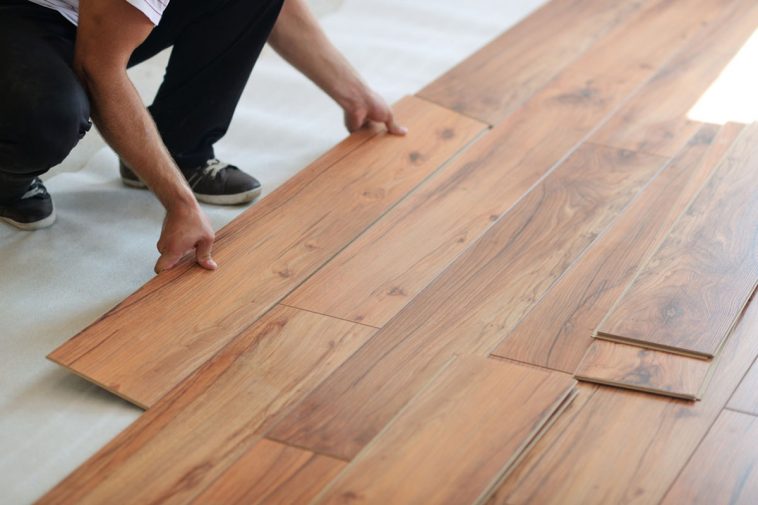
Removing the affected floorboards is quite possibly the best thing to do if water reaches the edges and eventually goes under the flooring. If this is the case, then you’ve got a race against time on your hands.
Although very easy to do, you must remove the affected floorboards with extreme precaution and not damage the connecting ones. When you do that, you can’t simply mop it up as it won’t be any effective.
Instead, you’ll need to use a wet-dry vacuum to effectively extract the water before it could do any damage.
Some floorboards can be easily removed, such as those that run parallel, while others can be significantly harder to do.
3. Fixing the Damages
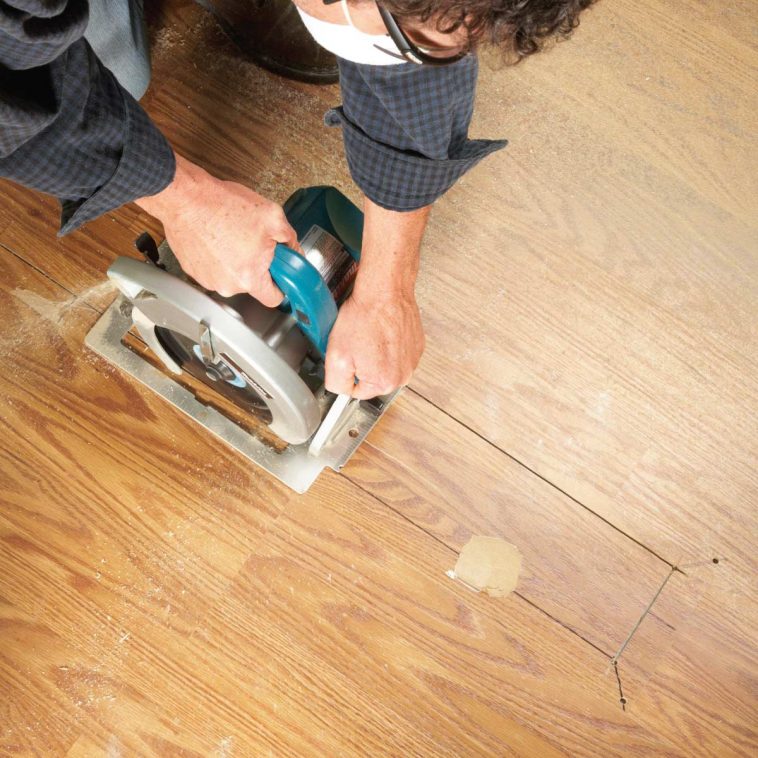
Very few materials can deal when they’ree hit with large amounts of water and left unsolved for a significant period of time. Even wood flooring and vinyl flooring can experience problems when covered with enough water.
This is because the real problem starts when the water actually goes under the floorboards, such as we discussed earlier.
When comparing all of these, there are a few major differences in the way this problem can be approached. For starters, the only difference between wood and laminate when both are exposed to larger quantities of water is that wood shrinks into a cup but can still be saved, as opposed to laminate.
In the case of laminate, the potential damage could be irreversible. If this happens, then your best bet would be to replace the damaged tiles.
Another option would be to hire experts and make changes to cope with potential flooding issues. For more information on how to find companies that specialize in water damage prevention and restoration, make sure to visit coloradowaterfowl.com.
4. How to Install Laminate?
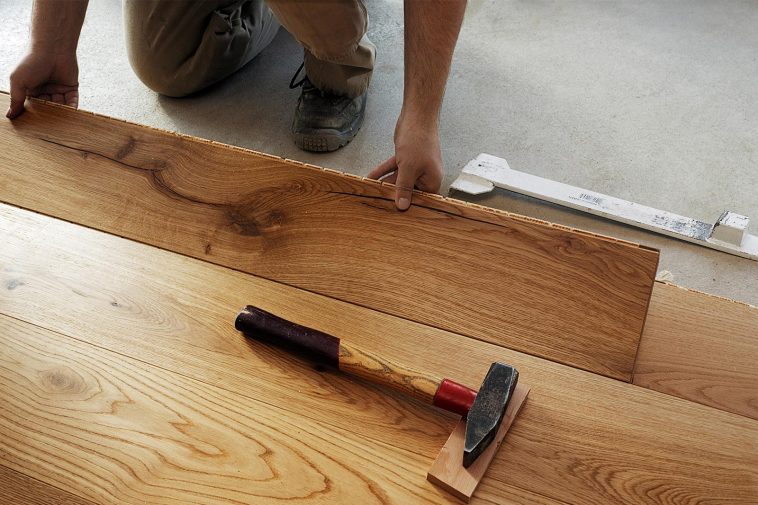
A great way to prevent this problem is to familiarize yourself with the installation process of laminate in areas throughout your home where possible damage could occur.
This is most likely in the case of bathrooms, your kitchen, and others.
When first installing laminate, it’s important to take the underlayment, fold it, and press it up against the wall. Every laminate flooring tile must be properly connected with its neighboring to prevent any possible escape of water.
However, this won’t be enough as every tile has an expansion area that needs filling. Your best bet would be to fill it up with silicone, as this material is prone to the effects of water. Not only that, but the silicone will also keep every tile solidly connected to one another.
This is especially important when installing flooring in the bathroom or in the kitchen.
When installing in the kitchen, there might be a few things that would pose a problem. For example, many people believe that installing laminate around the toilet is a good idea.
However, the best course of action would be to remove the toilette first, install the laminate, and then re-install the toilet. You can also take extra precautions when doing the bathroom. We all know that the shower area is the place that accumulates a lot of steam. This is the number one reason that mold occurs in your bathroom, so you’ll have to install wall molding as an appropriate way to protect your flooring.
5. Have a Few Extra Tiles on You
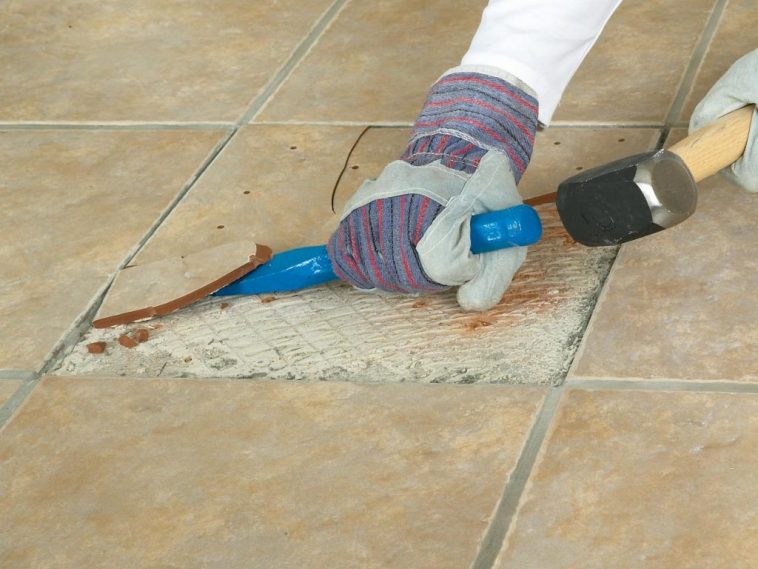
If all goes bad, then you will have to replace the damaged tiles. If this is the case, then you can either call a professional or do the removal yourself.
One thing that these situations don’t prepare you for is the fact that you’ll need to have extra tiles lying around the house to act instantly. Purchasing a few dozen extra laminate tiles is considered a good practice when needing to repair your flooring.
And while not many people know this, but your laminate flooring will never be the same if excess amounts of water reach underneath the tile.
Your best bet would be to replace the tile immediately with a new one.
6. Locate the Source of the Problem
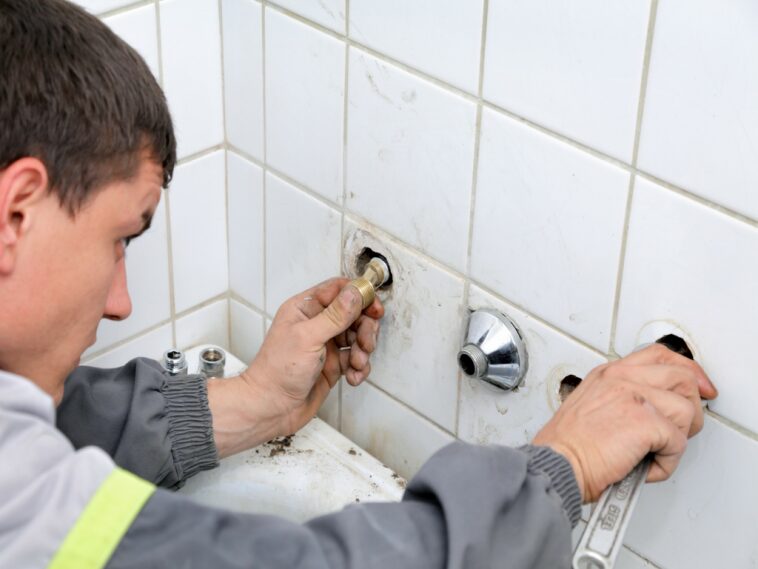
Do you have a leak somewhere around the home that frequently causes problems? Is your kitchen the source of the problem? Or maybe the bathroom is the problem?
Regardless of which, you’ll need to locate the source of the problem and put an end to it once and for all. If you do have such a problem, then chances are you’re experiencing a leak. Leaks could be difficult to deal with if you have no prior knowledge and experience, so your best bet would be to call in a professional.




